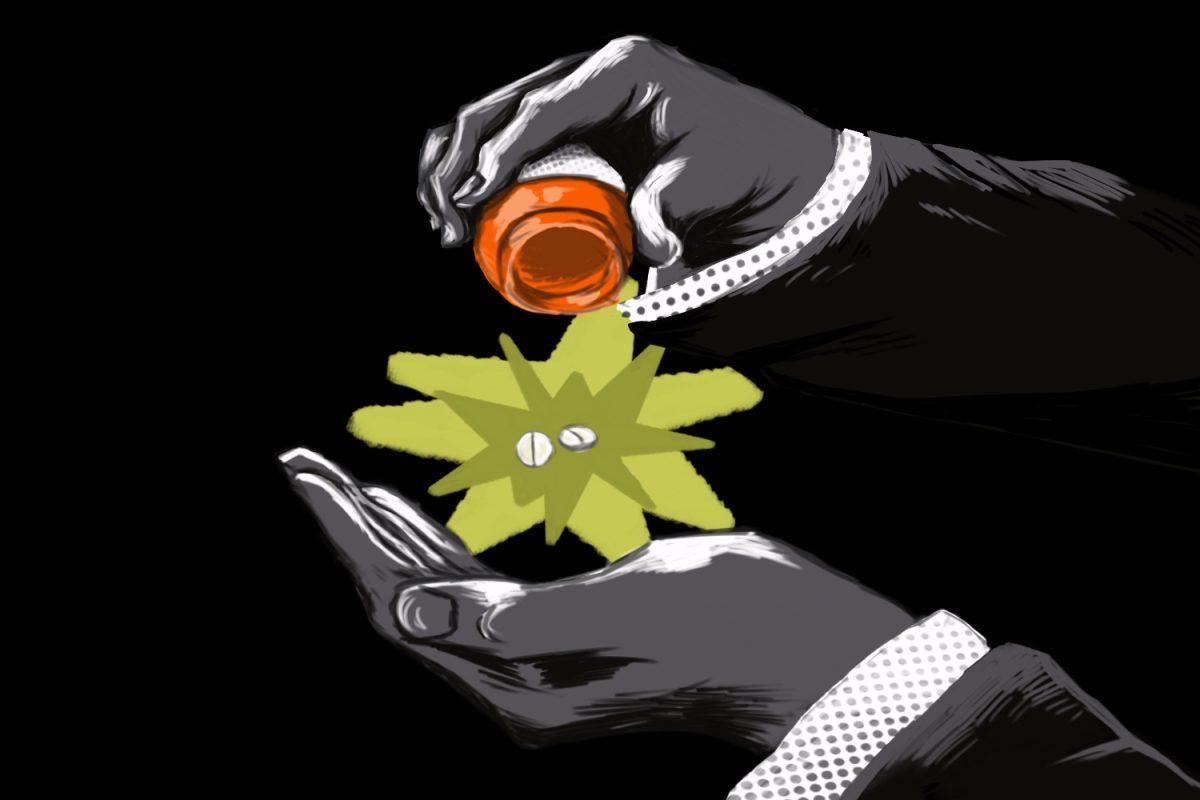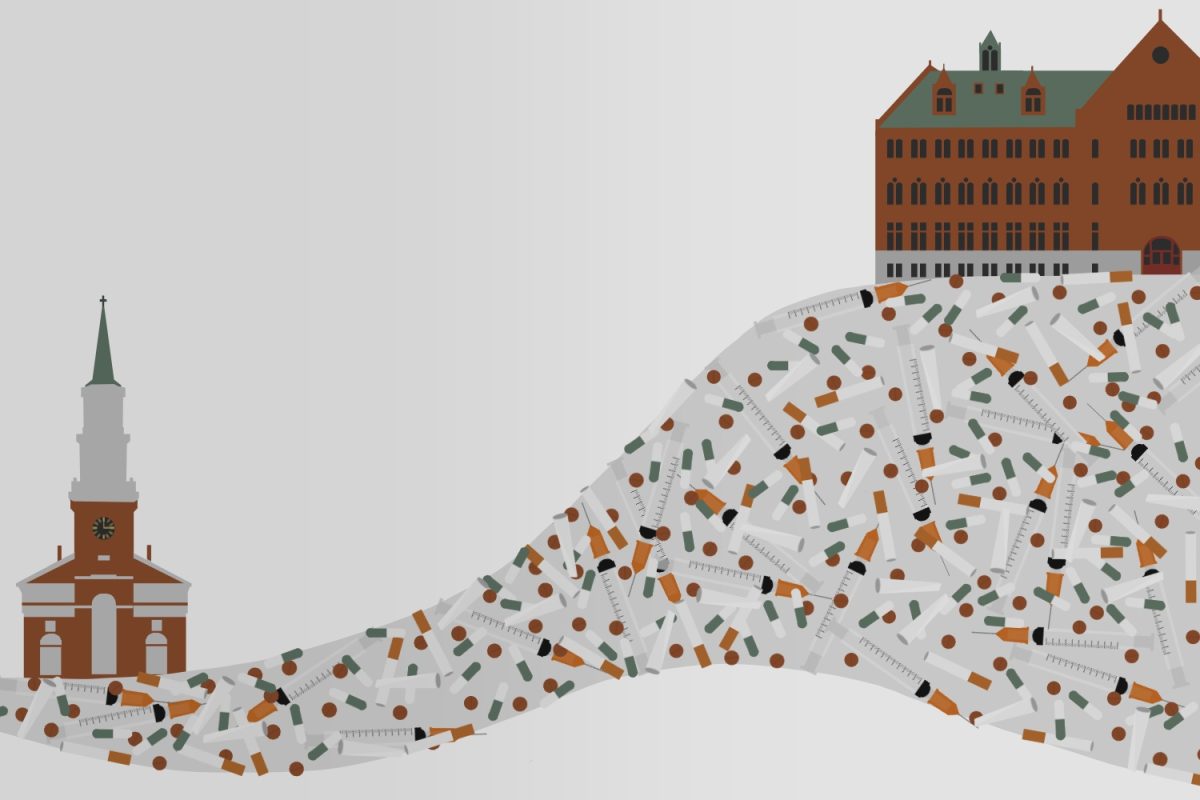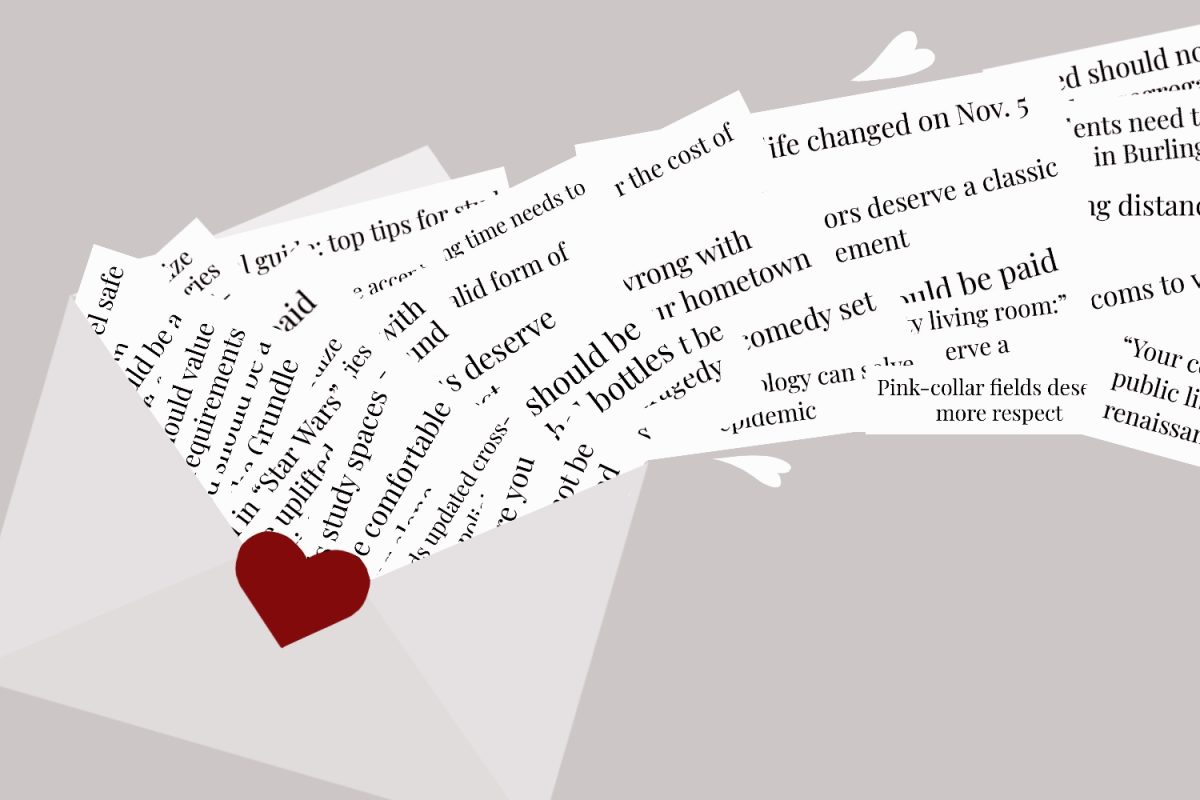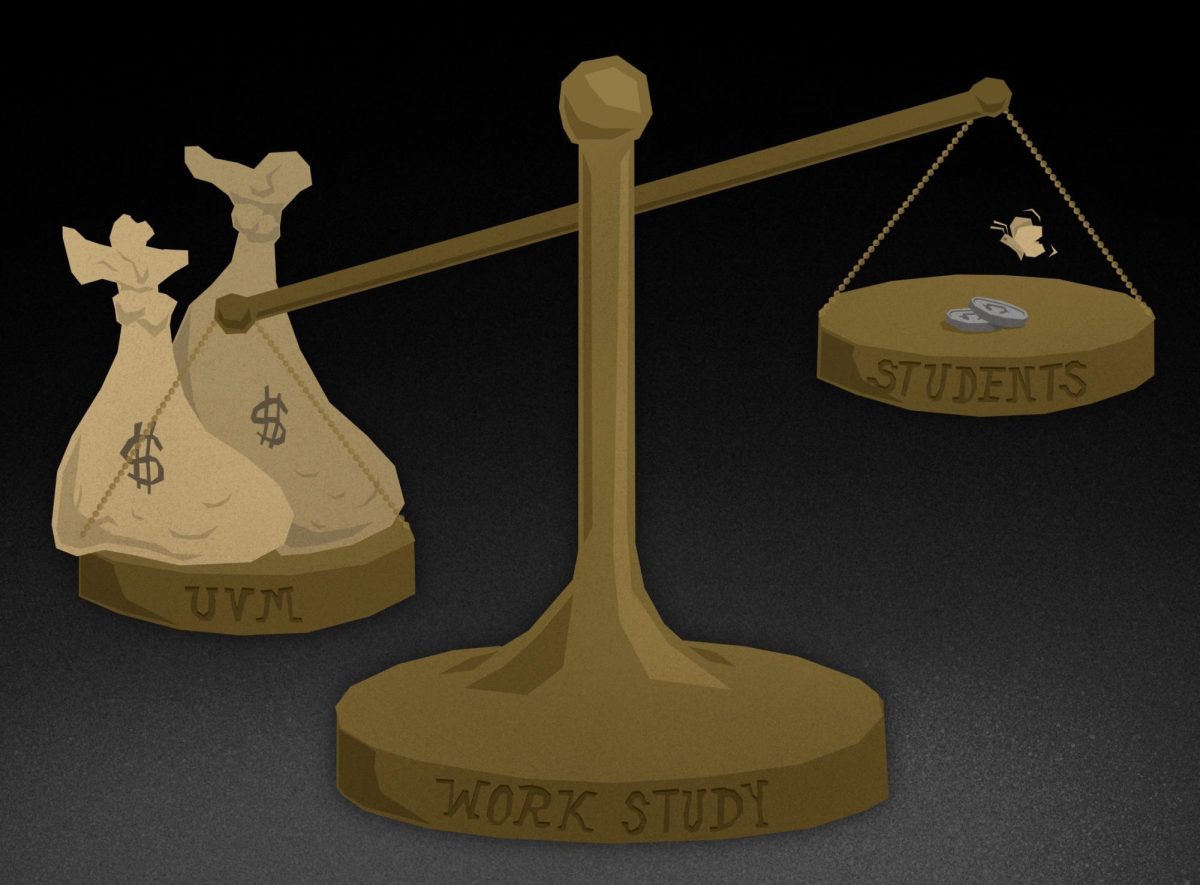After three rounds of Quantitative Easing, where the Federal Reserve created money in order to buy securities, several near-zero interest rate years, aggressive fiscal stimuli and soaring job growth, where is the strong wage growth to show for it all?
A recent report by the Economic Policy Institute noted that wages declined by 4 percent and compensation by 1.9 percent for median wage-earners between 2007 and 2014. The bottom third of the work force suffered even more.
Even though the job market has seen growth, there has not been meaningful wage growth. Wage growth is the catalyst for rising inflation. Wages are an important factor in a business’ costs, and hence to their pricing decisions.
Let us address the problem at its source. Wage growth has not tracked productivity growth. Raising the minimum wage will, hence, solve two problems: induce inflation to rise and reward the worker for being more productive.
When inflation rises, the Federal Reserve begins to raise its benchmark interest rate. Right now, the Fed says there is too much uncertainty in global financial markets to act on raising the interest rate as planned – this month we were to see a quarter percent hike.
What the general sentiment boils down to is that inflation will hover at under 2 percent until labor costs rise or till the slack of 4.9 percent unemployment is straightened out. I believe the Fed can check off its “desired rate of inflation” box if the minimum wage is raised.
Breaking it down: To offset the mandatory wage hike, businesses would have to slightly increase the price of goods on the shelf. If one’s spending is another’s income, more of the first means more of the second.
This added spending would “trickle up” until, get ready this is intro micro, a consumer’s, Marginal Propensity to Consume is less than the Marginal Propensity to Save.
Needless to say, caution must be exercised if the situation is approached this way – we could see unintended runaway inflation that can only be curbed by a dramatic rate hike (read: In the 80’s, former Fed Chairman Paul Volcker made, what I would call, a brave but necessary decision to increase the interest rate in order to reign in inflation that was averaging 9 percent) but let’s jump over one hurdle at a time.
The Great Recession hit the working class of this country the hardest. Millions of households saw unemployment, eroded savings and home foreclosures. Even before 2008, incomes of the middle-class were stagnant and the gap between the top 10 percent and the rest was rising.
The responsibility of raising the minimum wage falls on policymakers. Public officials need to stop meandering their way through multiple terms in office and need to take a strong stand for the working class of this country. They must do right by the American people; strong legislation must be drafted to raise the minimum wage in order to assist the Fed in confidently tightening the economy.
This proposal is not favored by some economists who believe that unemployment would rise if wages are increased. This “textbook” train of thought is outdated. More money in the hands of consumers results in an increased need for goods and services. Famous Post-Keynesian economist Thomas Palley would agree, I am sure.
This being the case, we need to reach all checkpoints before declaring that we have an all around strong economy, and the way to do it is to raise the minimum wage. Washington, take note.







